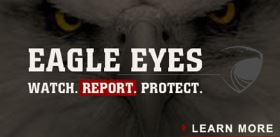Most of the aircraft in the National Museum of the Marine Corps (NMMC) have taken a straightforward path on their journey into the collection. They flew for the Marine Corps before being “stricken” from active service because of an accident, coming to the end of the allowed hours of flight time, or simply because the military decided to stop operating that type of aircraft. But the UH-34D on exhibit in the NMMC Leatherneck Gallery took a more circuitous path to the Museum.
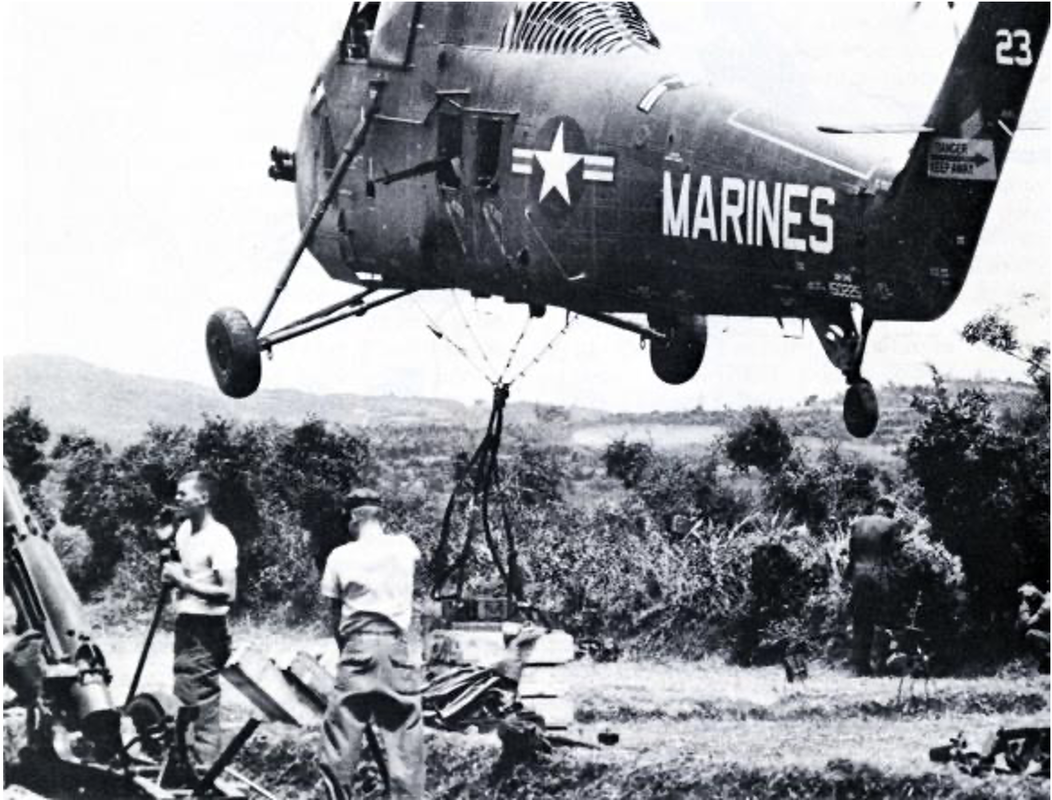
The Association had formed a few years earlier, its origins in a 1988 USMC Vietnam Helicopter Association reunion. One of the attendees was Alan Weiss who had been a CH-53 crew chief in Vietnam with Marine Heavy Helicopter Squadron HMH-361, the “Flying Tigers.” The unit had first deployed to Vietnam in 1962 as HMM-361 which flew the HUS-1 as the UH-34D was known before the Department of Defense standardized aircraft designations in 1962. During the 1988 reunion, a privately-owned UH-34D flew a demonstration over the crowd. Weiss was among those watching the flight. He took note of the emotional reaction of his fellow veterans, many of whom had worked with or flown in the “Huss” (from its HUS designation) or “Dog” (from the last letter in UH-34D). It was at that point that he decided to purchase and operate a UH-34D as a flying memorial. Weiss assembled a few like-minded veterans who soon formed the Marine Helicopter Squadron 361 Veterans Association to find, acquire, restore to flying condition, and operate a UH-34.
In May 2004, a group of HMM-361 veterans calling themselves “Tweed’s Tigers,” held their reunion in Jamesport so they could help with the restoration. The name came from their service in the squadron in Vietnam when it was commanded by LtCol McDonald Tweed (1965-66). The end result of all the time, money, and effort came when the restored BuNo 150570 flew again on 13 November 2005 on its first check flight. It had been painted to reflect its service with HMM-361 during a 1965 deployment to Vietnam, including the ship number, “YN-19,” that it wore at the time. One anachronistic addition was the name “Gracious Lady Bev” in script under the cockpit windows on each side, in honor of Weiss’s wife, Beverly. Weiss had given a lot of his time and money to the restoration and frequently hosted volunteers and others associated with the project in his home. The name on the helicopter was an acknowledgement and gratitude to Beverly for all she had endured during this time.
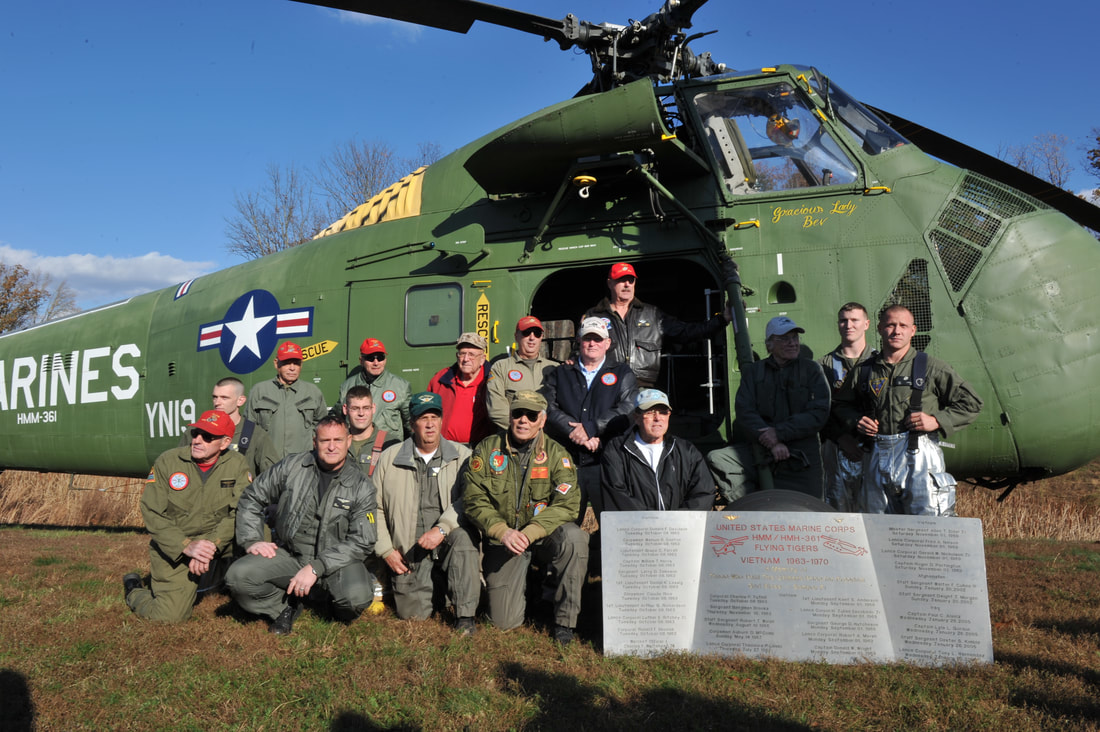


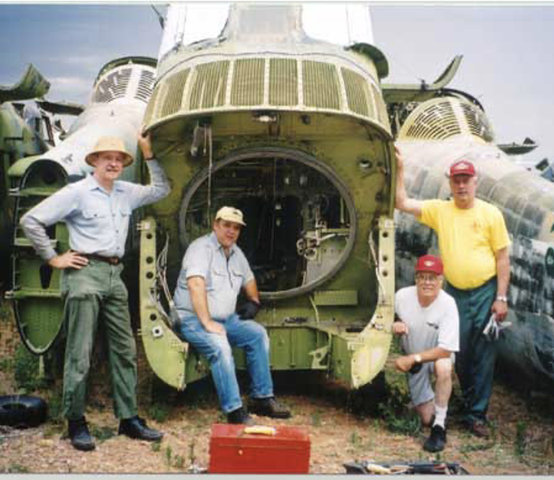
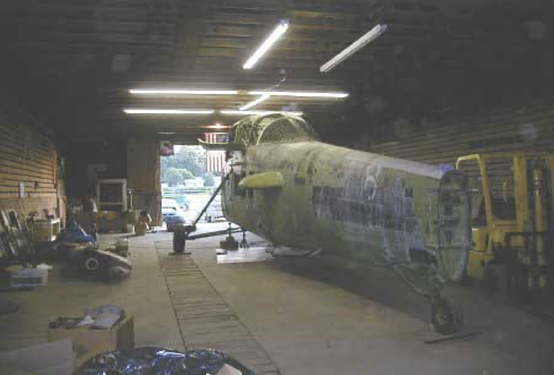
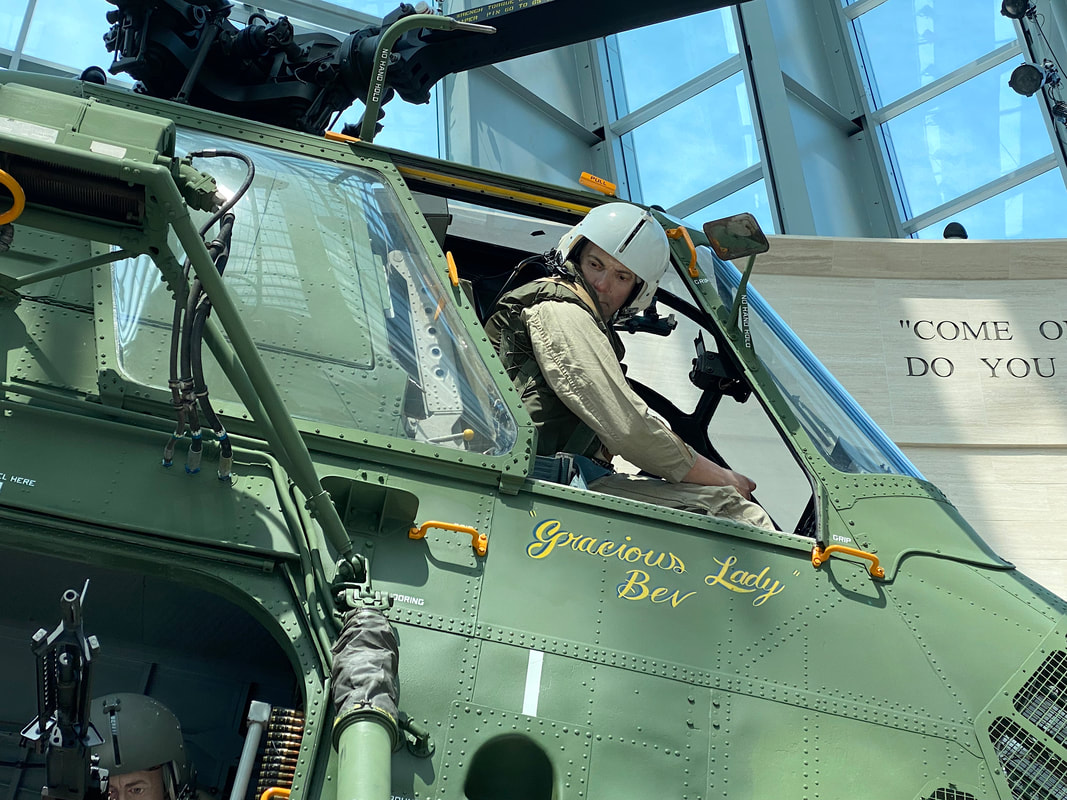

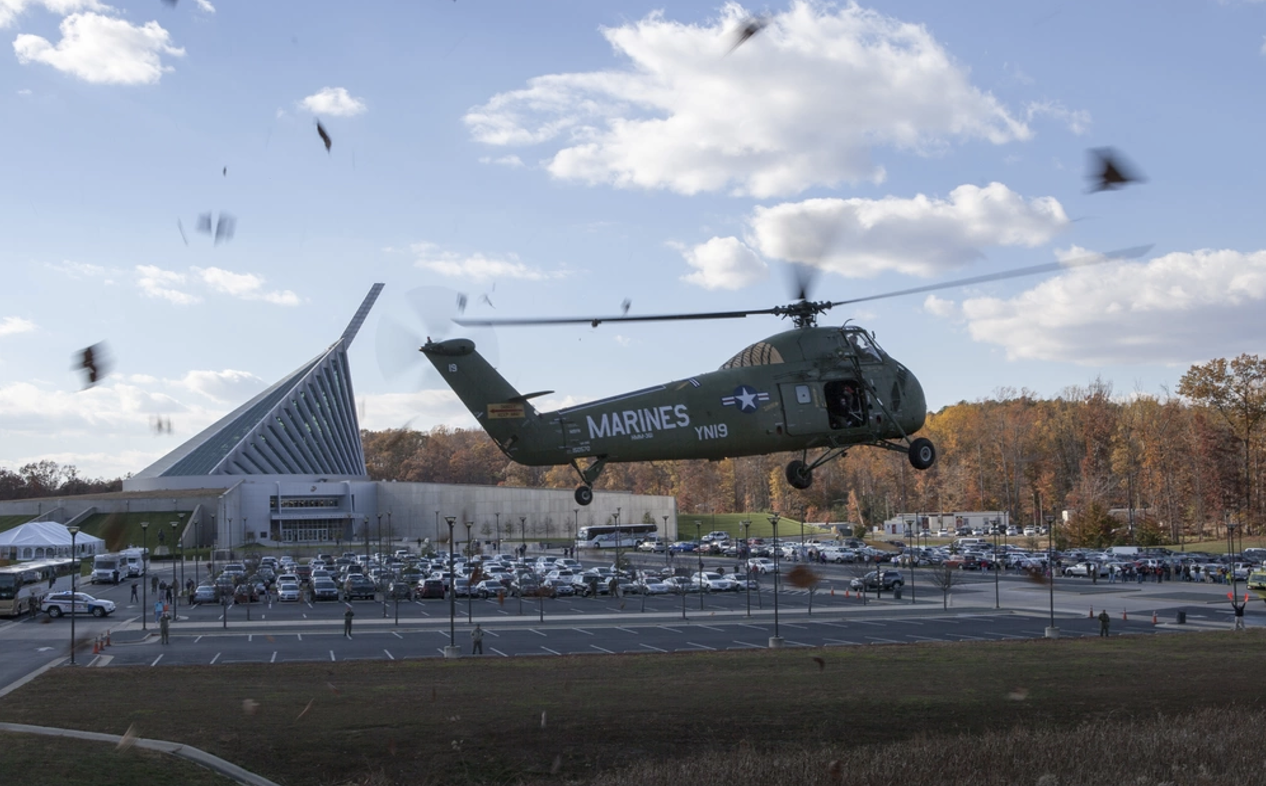
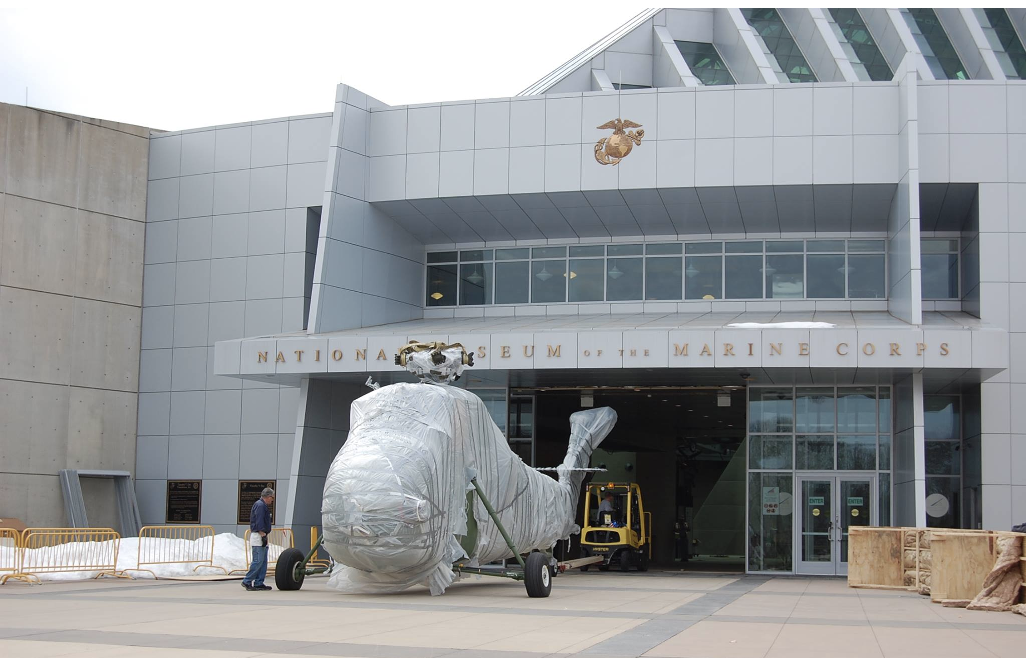
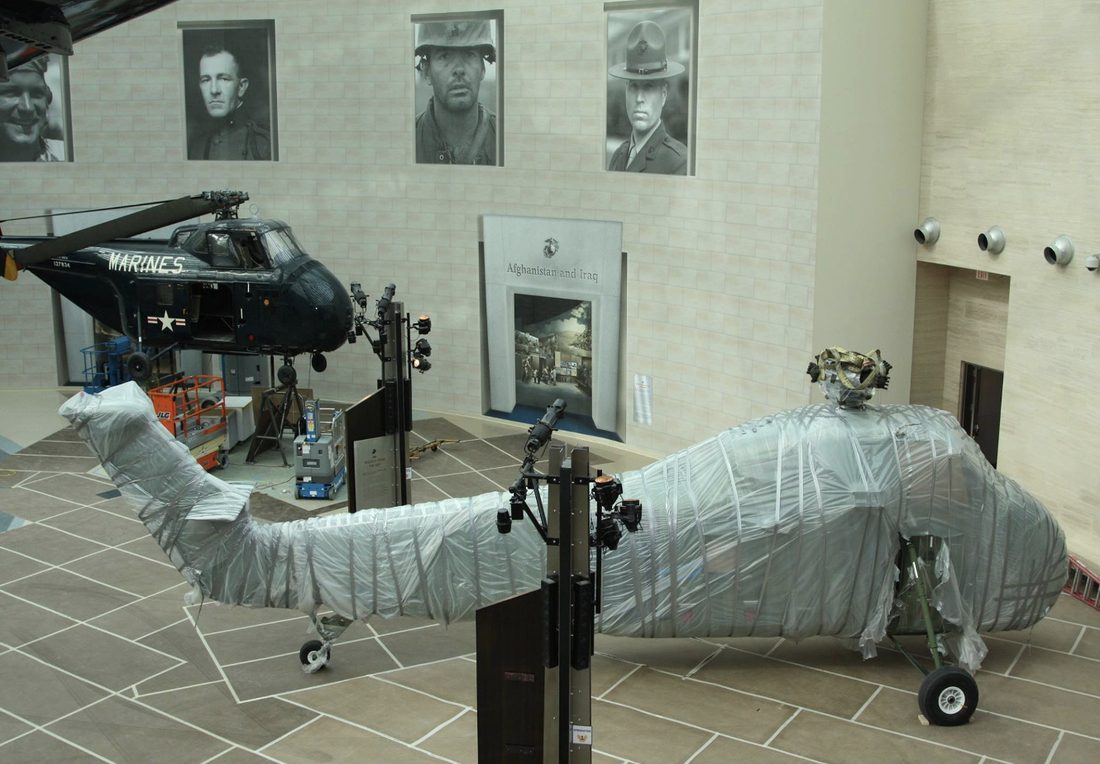
 RSS Feed
RSS Feed


